Democracy Requires Learning and Teaching Accurate and Honest History
How can history help us resist hate in society today and work toward a more inclusive future? Opposition to equality is, unfortunately, not new to the history of the United States. Recognizing the relevance of history to today’s justice movements is crucial for understanding and countering current pushbacks against democratic values. And with the intense efforts to dismantle public education and to erase and alter our country’s history, teaching accurate history — including the hard truths of our nation’s past — is essential.
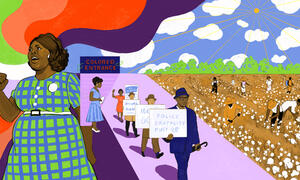
Teaching Hard History Podcast Series
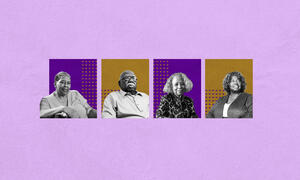
History and the Power of Place
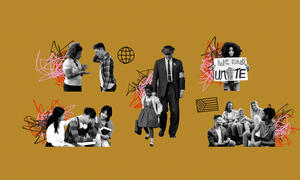
Resisting Hate in Education
Education Justice Is Crucial for a Thriving Democracy
During this back-to-school season, let’s support the education and well-being of all young people. Learning for Justice offers new and updated education justice resources with research-based practices that benefit all students and help ensure more inclusive public schools that foster excellence and equity. Education justice is crucial if we are to achieve a thriving multiracial democracy.
Visit the Education Justice series for resources!
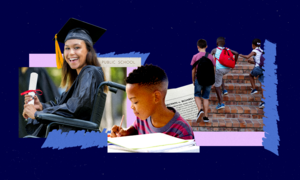
Education Justice

Why Public Schools Matter
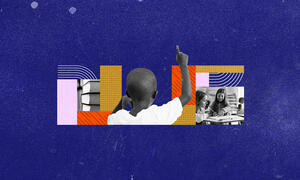
Understanding the Role and Responsibilities of the Department of Education
Centering the Learning & Well-Being of All Children
How much better could our communities and schools be if we designed our spaces and curricula with diverse needs and abilities in mind? How can we support the learning and well-being of children from immigrant families? And how can educators recognize the signs of trauma and take steps to establish social and emotional safety for all children?
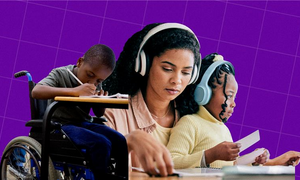
Applying Universal Design for Learning (UDL) Supports Inclusive Education

Supporting Students from Immigrant Families

Understanding and Responding to Trauma
Effective Classroom Facilitation Is Critical to Psychologically Safe and Supportive Learning Spaces
During this back-to-school season, let’s commit to ending school pushout and keeping children in the classroom. Effective classroom facilitation is critical to supporting student learning and lessening behavior concerns. We offer this classroom facilitation model with practices to help educators respond to student behavior with the goal of ensuring well-being and keeping learning on track rather than maintaining absolute control. It focuses on children’s development instead of punishment and offers proactive and inclusive practices to create affirming learning spaces.

Inclusive Classroom Facilitation Model

Creating School Culture That Nurtures Young People

Supporting Students from Immigrant Families
What Is Social Justice Education?
A truly just society is one in which all people have the resources to lead secure and fulfilling lives and the histories, cultures and experiences of diverse groups — especially those who have been historically marginalized — are respected.
The goal of social justice, therefore, is to ensure democracy in practice: “To create a society in which everyone has access to the resources and opportunities to develop their full capacities, and everyone is welcome to participate democratically with others to mutually shape social policies and institutions that govern civic life.”
